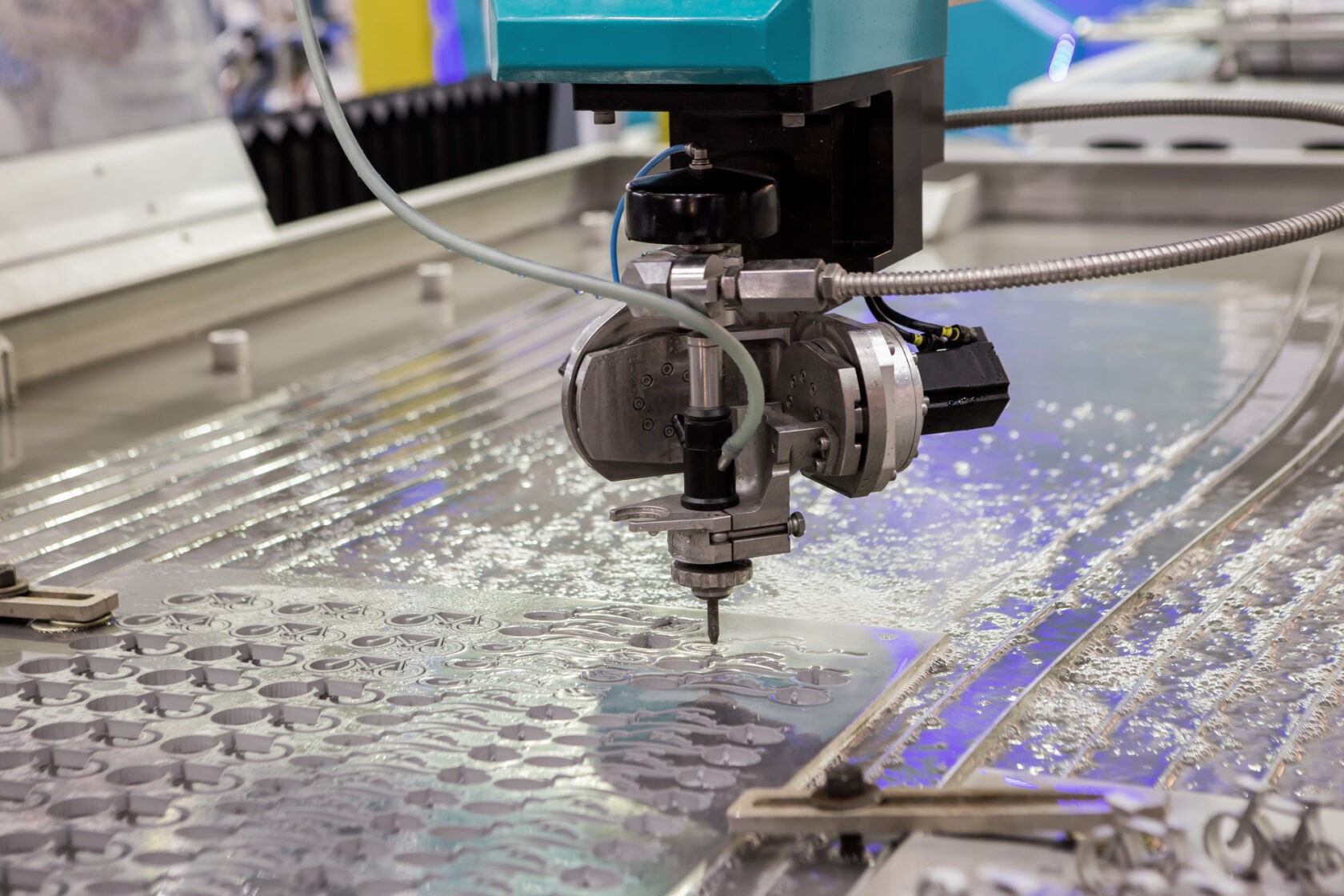
Table of Contents
The metal fabrication process often brings to mind blacksmiths and other metalworkers. Albeit, we’re a bit more advanced than using simple hammers and anvils to form most parts today. But the principles started their development as far back as 7000 years ago.
Just because something has been around for thousands of years, doesn’t mean that the process is well-known or understood. In fact, technology is always leapfrogging into new and exciting areas that even experts need to relearn a thing or two.
Where does modern custom metal fabrication start and finish, and what can you expect in between? Keep reading to find answers to that and more.
Starting The Custom Metal Fabrication Process
The first step of metal fabrication is part design on CAD software like AutoCAD or Solidworks. This usually starts with you, the client. But sometimes a metal fabricator can consult on CAD designs before any physical parts are ready for fabrication.
Once you finish with the design phase, it’s submitted to metal fabricators to calculate the expense and scope of the job. After you’ve accepted a bid, the fabricator acquires the raw materials and slots the job into the queue. Provided everything is going smoothly up to now, the real fun begins next.
What Type Of Metal Fabrication Process Is It?
Depending on the raw materials, and the complexity of the end product, there’s a number of different services for metal fabrication. In almost every instance, more than one process will be applied to a part while it’s fabricated.
The next phases of metal fabrication are forming, assembly, and finishing. Although, depending on your part, assembly and finishing may fold into the forming process or are done away with altogether.
Process In Detail: Forming The Part
Forming involves taking the raw material and shaping it into your part using various manual or CNC equipment and operations. The different metal working processes for forming are:
- Cutting
- Casting
- Forging
- Extrusion
- Punching
- Drawing
- Milling
- Drilling
- Turning
These processes are done using raw material forms like billets, rods, bars, plates, sheets, and more to make your part. At first, some of the operations on the workpiece might look arbitrary or abstract. Eventually, just like a diamond being cut by a jeweler, your part will take on its final form. They aren’t quite done yet though. There’s still the need to join parts to form an assembly, and the “finishing” phase.
Forming can involve folding bending stamping, machining or punching holes in sheet metal or on other materials. Cutting may be done by mechanical shearing, water jet, or laser cutting. Depending on the thickness, hardness, and other factors, there are several types of options for the preferred cutting tool(s) for the project.
Assembly Processes In Detail: Welding And Brazing
You may need part assembly for your project, in which case welding or brazing might be required to permanently join parts. It could be GMAW (MIG) or GTAW (TIG) welding processes or a combination of both.
Brazing doesn’t melt the workpieces and is similar to soldering in many respects. One of these is how it uses a filler metal to flow into joints and bond them. It differs in a higher temperature filler metal being used and a tighter gap between parts. But, both soldering and brazing use capillary action to flow into the gap.
While welding is usually joining apples to apples, brazing can join two dissimilar metals with different melting points. Sometimes welding just won’t do, and that’s when brazing can shine brightly with a strong, non-destructive bond between metals in a joint. There’s more to assembly than welding, brazing, or soldering techniques we’ve detailed. Finishing the assembly phase could also involve riveting, bolting, or using chemical adhesives.
Processes In Detail: Finishing
From here, the project moves into the final phases of the project. The “finishing” phase. Finishing includes deburring, polishing, grinding, painting, coating and more.
A finishing process other than painting you might be familiar with is electrical wire insulation. In the process of making electrical wire, wire rod extruded to the desired diameter. They next insulate it with some form of polyethylene, PVC, Teflon, or ETFE (a Teflon-like tetrafluoroethylene variant).
A similar process can be used in metal fabrication for certain parts. Such as when bare metal may not be desirable, or even required to be coated to prevent rusting. A specialty concern could be a Mil-DTL 5541 military specification for coating. This is a chemical conversion coating on aluminum or aluminum alloys. Similar to coating electrical wire with an insulator, various chemical coatings are used for the aerospace industry to fight corrosion and provide a base for paint, like a primer.
Lastly, painting and drying is the final finishing process (other than quality checks that occur throughout the metal fabrication process from start to finish). Electrostatic powder coating usually works best, as it provides an even coat. If not, wet paint is another tried and true method for protecting the final assembly.
Understanding The Metal Fabrication Process
Now that you’ve got a solid grip on the metal fabrication process in general, you’ve probably got a few specific questions you want a follow-up on.
New Age Metal Fabricating has been operating since 1979 in Fairfield, New Jersey to provide you with your desired project from the start of the metal fabrication process to the end.
NAMF keeps on the leading edge of metal fabrication and finishing processes, including dip brazing, painting, and chemical conversion coatings. Our clients include defense and aerospace industry leaders and we hope in the future that means you too will be our client!
Don’t wait any longer. Contact us today about your next metal fabrication project.
